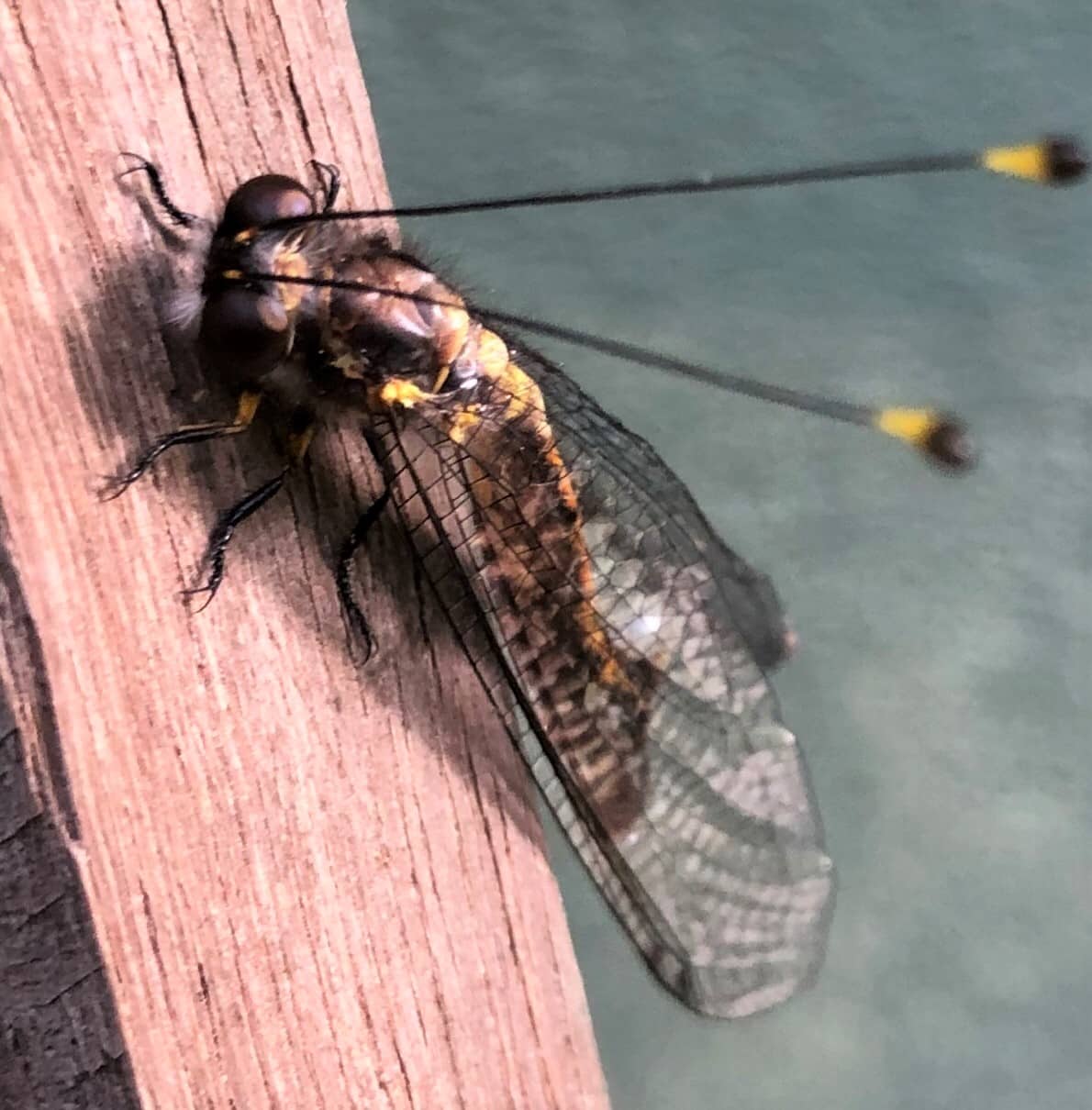They are active in the hotter months during the day. Eggs hatch in summer and the larvae are around through to winter, pupating in mid spring. Found primarily in semi-arid and arid regions worldwide, they do inhabit more tropical areas. There are around 40 species native to Australia occurring mostly in the north and eastern regions.

